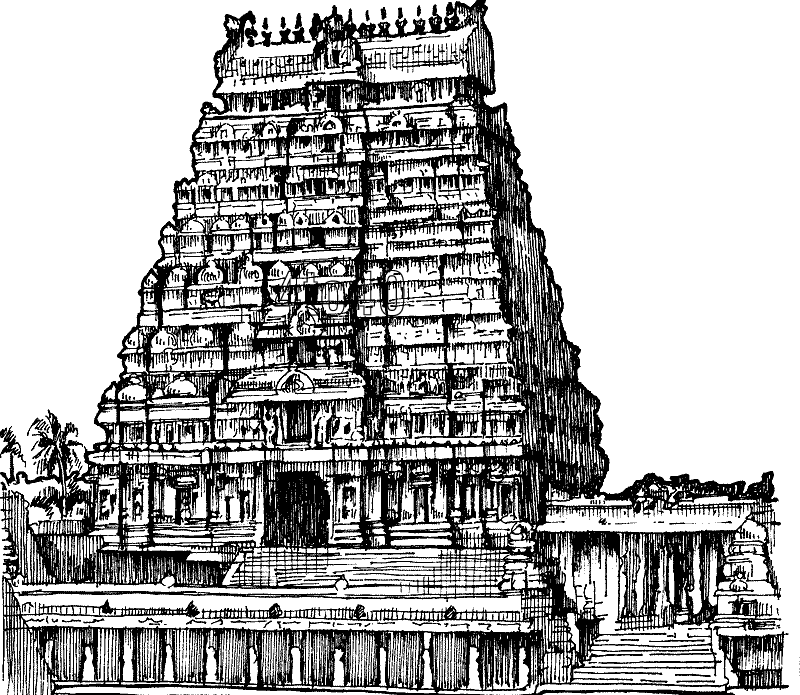LALITHA SAHASRANAMAM - Namah # 86
- S Subramaniam
- Oct 28, 2022
- 2 min read
LALITHA SAHASRANAMAM
@ S. Subramaniam

कण्ठाधः कटिपर्यन्थ मध्यकूट स्वरूपिणी (86)
Kantadah Kati Paryantha Madhyakuta Swarupini (86)
Meaning:
The portion from the Neck down to Her waist, Devi represents the form of Madhyakuta.

Interpretation:
The word Kanta in the namah means Neck and Kati refers to the waist portion. Paryanta means "upto". It may noted that in Bengali language also paryanta (parjanto) (পর্যন্ত) means upto.
Madhya kuta in this namah refers to the second part of the subtle form of the goddess. Madhyakuta means a group of six syllables of the Panchadasi mantra. It is otherwise called “Kamarajakuta” because Kama (the embodiment of desire - the prime cause of creation) is believed to reside in the heart of Devi.

Madhya kuta or the middle group of Panchadasi mantra also represents the Ichcha Shakti form of Devi. The previous namah represents Her Gyana Shakti.
Author's Notes
Though obtaining Liberation by completely surrendering to Devi and meditating upon her lotus feet is the ultimate purpose of one's life, going through the ordeals of life, such as being desirous and seeking pleasures is also part and parcel of life.

Desires may be of different types such as desire for seeking materialistic wealth, desire for acquiring properties, desire for sexual pleasures etc. All these desires in us are driven by the Ichcha Shakti part of Devi. Desires, so long as they remain under control, is permissible but when it exceeds a certain level, it becomes greed which is an adharma.
It's only after having desires, seeking pleasures and enjoying life in full, one gets the feel of satisfaction and is in a position to renounce things. He then prepares himself for complete surrender, meditation to seek liberation. Desires can be thus truly described as the very founding stone - the aadhar sila - of seeking liberation.
Disclaimer: All matters contained in this article are the property of www.templesofasia.com. The opinions expressed in this article are purely that of the author. The author alone is responsible for the accuracy, authenticity, completeness and validity of all the information in the article.


Comentários